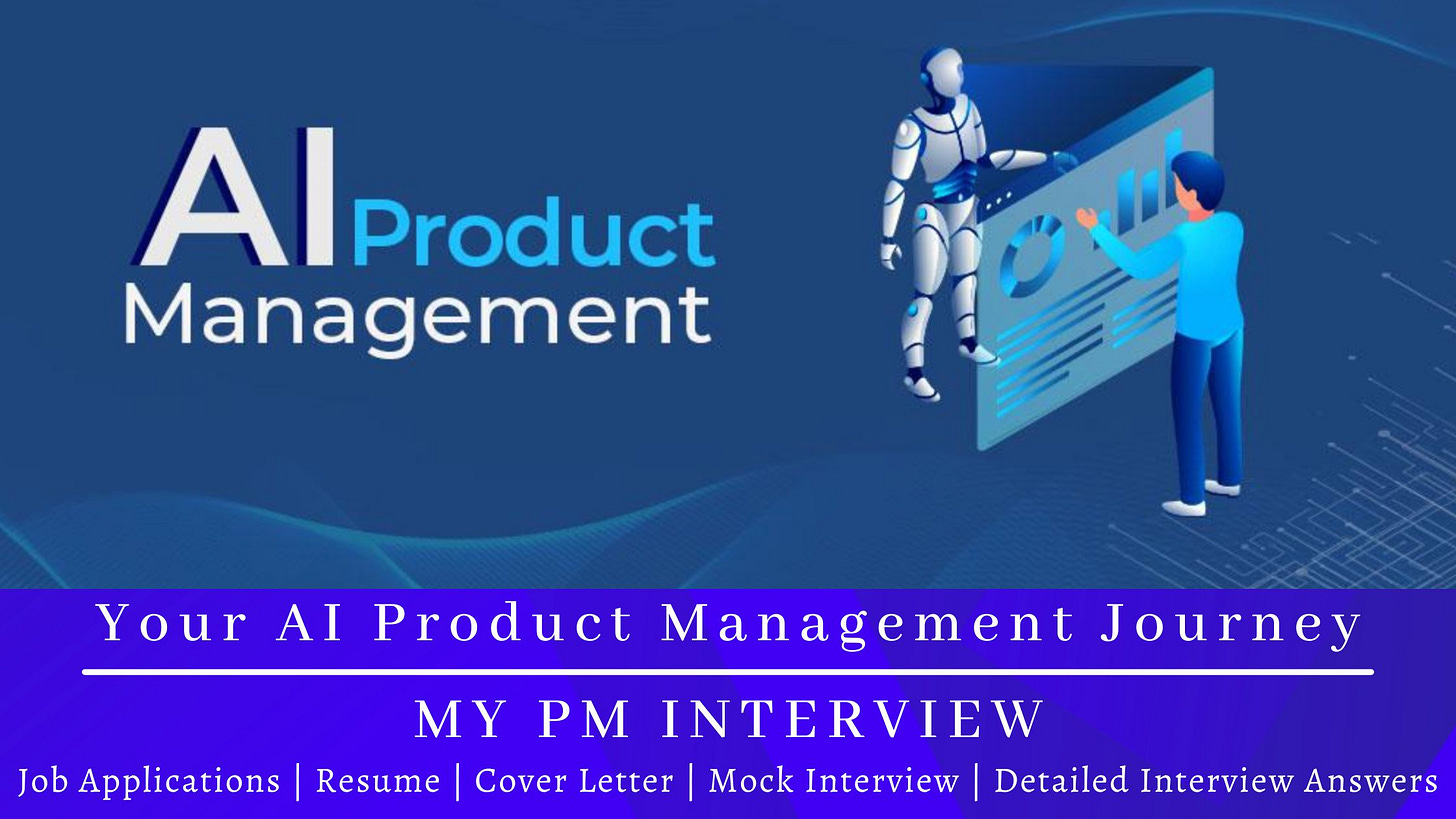Kickstarting Your AI Product Management Journey
How to Transition into AI PM with the Right Skills, Mindset, and Roadmap
In just a couple of years, generative AI (GenAI) moved from cool demo to boardroom priority. A recent global survey found that about 65% of organisations now use GenAI in at least one business function, nearly double the adoption from the previous year. Another report estimates GenAI could add $2.6–$4.4 trillion in value annually across just 63 analysed use cases.
That kind of shift doesn’t just create new tools; it reshapes careers. One role emerging right in the centre of this shift is the AI Product Manager.
This article is your structured, no-nonsense starting point. We’ll cover:
Why AI product management matters right now
What AI product management actually is (and isn’t)
How AI is changing day-to-day product work
The mindset you need to learn this fast
A practical roadmap for your first 6–12 months
Common pitfalls and how to avoid them
No hand-wavy hype, but also no doom. Just a realistic, ambitious path.
Why AI Product Management Matters Right Now
1. AI Is No Longer “Emerging Tech”
Multiple large-scale surveys show the same pattern:
78% of organisations report using some form of AI in at least one business function, up from 55% just a couple of years earlier.
GenAI specifically is already used most often in product and service development and IT, not just marketing experiments.
GenAI could increase the total economic impact of AI by 15–40%.
In other words: we’re past the novelty stage. AI is being woven into core product workflows and business processes.
2. Jobs Are Shifting, Not Just Disappearing
The World Economic Forum’s Future of Jobs report found that 23% of roles globally will change in the next five years due to technology, including AI. Some roles will shrink, others will grow, and many will be reshaped.
Notably:
AI & Machine Learning Specialists are among the fastest-growing roles worldwide.
AI-related job postings (across roles) roughly doubled in share between 2019 and 2024.
Within that trend, AI-focused product roles are spiking. One industry analysis noted tens of thousands of open roles globally that require AI competencies, including over 14,000 AI-related product roles at one point.
So this isn’t simply “learn AI so you don’t get replaced.” It’s: learn AI so you can move into one of the new growth roles being created.
3. Why AI PM Roles Are Exploding
Companies need people who can sit at the intersection of:
Business – monetisation, strategy, positioning
Technology – models, data, infrastructure constraints
User experience – workflows, usability, trust and safety
AI product management is exactly that intersection. One widely used definition of AI product management is:
“The practice of managing business, technology, and data to develop, launch, and operate AI products.”
Most organisations already have generic PMs. What they’re missing is people who can:
Tell the difference between “cool AI demo” and “scalable AI product”
Decide whether a problem should use prompting, retrieval-augmented generation, or fine-tuning
Translate vague business goals like “use AI in our product” into specific roadmaps and success metrics
That’s what you’re signing up for.
What AI Product Management Actually Is
Before going any further, it helps to draw a clear map.
1. Two Big Buckets: AI-Enabled PM vs AI Product PM
Think of AI product work in two major categories:
AI-Enabled Product Manager
A “regular” PM who uses AI tools to do their work better.
Uses AI for research, writing PRDs, summarising interviews, generating experiments, etc.
Still works on non-AI products (e.g., fintech app, marketplace, SaaS tool) but uses AI heavily in the workflow.
AI Product Manager (what most people mean by AI PM)
Owns a product where AI is part of the core user value.
Examples: AI copilot for a CRM, AI meeting assistant, AI code generation assistant, AI search or recommendations.
Makes decisions about models, data pipelines, AI UX, guardrails, and evaluation.
You should aim to be AI-enabled as soon as possible (this is your productivity multiplier) and then move into AI Product PM work if you want to own AI-driven features or products end-to-end.
2. Within AI PM: Core vs Applied
Within AI product management itself, there’s a useful sub-split:
Core AI PM
Works closer to the infrastructure and model layer.
Think: platform, APIs, vector databases, foundation models, ML tooling.
Needs deeper technical understanding of training, architecture, evaluation and cost/latency trade-offs.
Applied AI PM
Works at the application layer.
Uses available models & infra (e.g., from cloud providers or internal ML teams) to build user-facing products.
Focuses more on UX, workflows, adoption, and business impact, while being “conversationally fluent” in the tech.
Most people transitioning into AI PM will start or land in applied AI PM, and that’s perfectly fine. The demand there is huge.
3. How AI PM Differs From Traditional PM
You still do all the classic PM things:
Understand users and problems
Define success metrics
Prioritise roadmaps
Collaborate with design and engineering
But you also gain a new layer of responsibilities:
Model decisions
Which model to use (big vs small)?
Hosted vs self-hosted vs open source?
When to upgrade? When to switch?
Context strategy
What data do we pass into the model for each request?
Do we use RAG (retrieval-augmented generation)? If yes, how do we chunk, embed, and store data?
How do we personalise context per user or per workspace?
Evaluation and safety
How do we define “good” vs “bad” output?
How do we catch hallucinations, unsafe content, bias?
How do we monitor quality as models change over time?
Economics and latency
What does each call cost?
How long can users reasonably wait for a response?
Do we need a cheaper “fallback” model or caching strategy?
This is what makes AI product management a distinct discipline rather than just “normal PM with a buzzword.”


